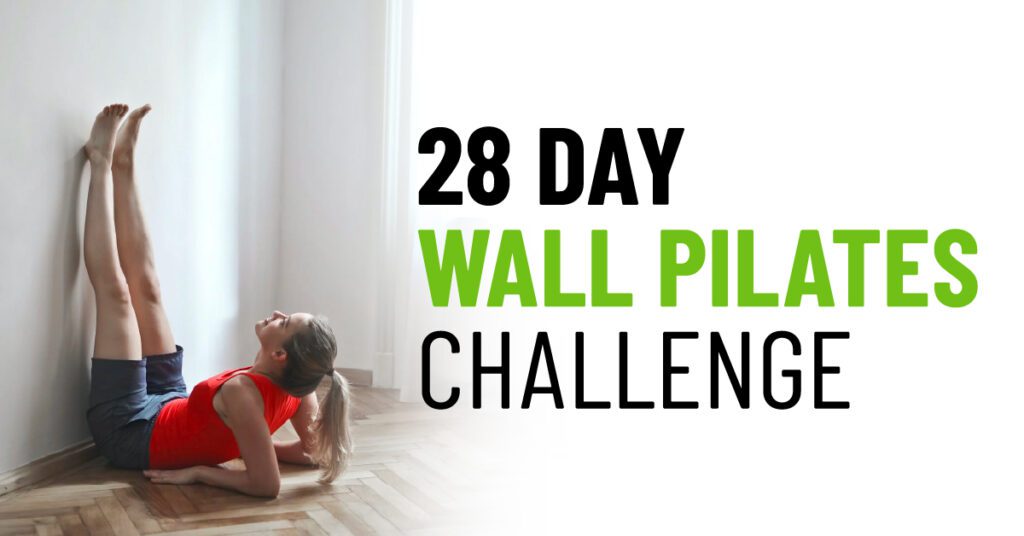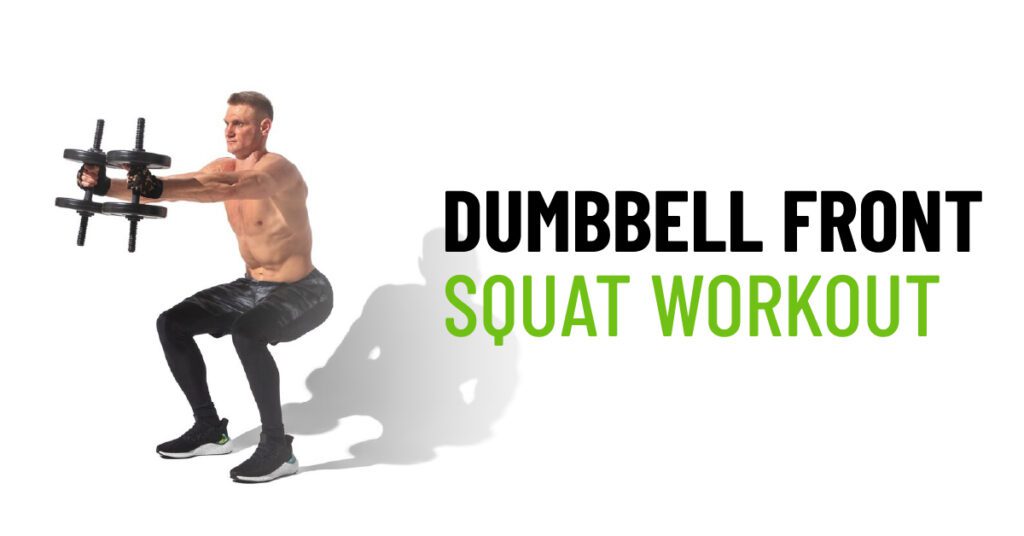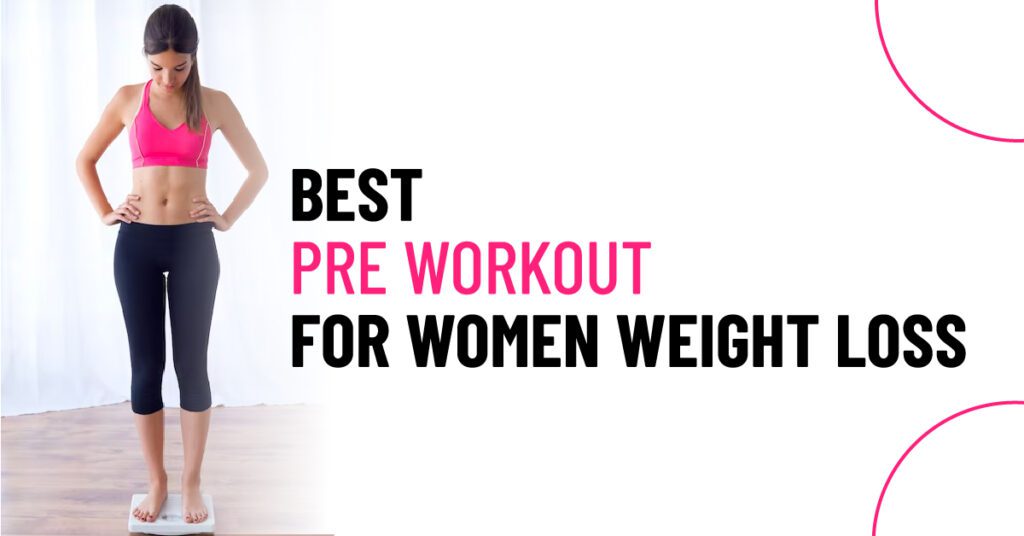Different Types of Deadlift Variations

Also available in
Deadlifts are a cornerstone of strength training and hold the potential to transform your physique and enhance your athletic performance. The versatility of Deadlift Variations provides an array of benefits, from targeting specific muscle groups to improving overall functional strength.
In this article, we will delve into a plethora of Deadlift Variations, each designed to engage muscles in unique ways while boosting strength and flexibility.
Deadlift Variations for Ultimate Gains
Deadlift Variations are diverse adaptations of the classic deadlift exercise. These variations introduce alterations in stance, grip, and movement patterns, creating targeted stimuli for various muscle groups.
Incorporating these variations into your routine can lead to comprehensive muscle development and improved performance.
Conventional Deadlift
The Traditional Conventional Deadlift serves as the foundation for all Deadlift Variations. With a hip-width stance, a shoulder-width grip, and the barbell positioned over the midfoot, this variation engages the entire posterior chain, including the hamstrings, glutes, lower back, and traps.
Sumo Deadlift: Wider Stance, Greater Activation
The Sumo Deadlift involves a wide stance and a narrow grip, with the hands placed inside the knees. This variation minimizes the distance the bar has to travel, emphasizing the quadriceps and adductors, making it an excellent choice for individuals with lower back issues.
Sumo Deadlift Technique
- Position your feet wider than shoulder-width apart, toes pointing outward.
- Grip the barbell with a narrow grip, inside your knees.
- Keep your chest up and your back straight.
- Engage your core and lift the bar by extending your hips and knees simultaneously.
Benefits
- Emphasizes quads and adductors.
- Reduces stress on the lower back.
- Ideal for those with hip mobility limitations.
Tips
- Maintain a strong and neutral spine throughout the lift.
- Push your knees outward as you lift to engage the adductors.
- Focus on hip thrust at the top of the movement for maximum activation.
Romanian Deadlift (RDL): Targeting the Hamstrings
The Romanian Deadlift (RDL) focuses on the eccentric phase of the lift, targeting the hamstrings and glutes. Maintaining a slight bend in the knees and hinging at the hips, the RDL promotes hamstring flexibility and hip extension strength.
Romanian Deadlift Technique
- Begin with the barbell in front of your thighs, using an overhand grip.
- Maintain a slight bend in your knees.
- Keep your back straight and your core engaging while you hinge at your hips.
- Lower the barbell while maintaining a neutral spine.
- Feel the stretch in your hamstrings, then reverse the movement to return to the starting position.
Benefits
- Isolates the hamstrings and glutes.
- Improves hamstring flexibility.
- Enhances hip hinge movement pattern.
Tips
- Focus on a controlled descent to feel the stretch in the hamstrings.
- Throughout the exercise, keep the barbell in close proximity to your body.
- Engage your core to prevent rounding of the lower back.
Deficit Deadlift: Elevate for Intensity
The Deficit Deadlift involves standing on a raised platform, increasing the range of motion. This variation places extra emphasis on the hamstrings, making them work harder to lift the barbell from a deeper position.
Deficit Deadlift Technique
- Position yourself on a platform or weight plates.
- Grip the barbell with a shoulder-width grip.
- Maintain a neutral spine and engage your core.
- Lift the barbell, extending your hips and knees simultaneously.
Benefits
- Greater hamstring and glute activation.
- Improves strength off the floor in the conventional deadlift.
- Enhances mobility and flexibility.
Tips
- Start with a small deficit and gradually increase the height as you become comfortable.
- Focus on maintaining proper form and technique despite the increased range of motion.
Snatch Grip Deadlift: Enhance Upper Back Strength
The Snatch Grip Deadlift utilizes a wide grip similar to that of the snatch lift in Olympic weightlifting. This variation engages the upper back, shoulders, and traps to a greater extent, enhancing overall upper body strength.
Snatch Grip Deadlift Technique
- Take a wider-than-shoulder-width grip on the barbell.
- Set up with a hip-width stance and a flat back.
- Lift the barbell, extending your hips and knees while maintaining a tight core.
Benefits
- Targets upper back and traps.
- Improves grip strength and shoulder stability.
- Transfers well to Olympic weightlifting movements.
Tips
- Warm up your upper back and shoulders before attempting heavy snatch grip deadlifts.
- Use lifting straps if grip becomes a limiting factor.
Single-Leg Deadlift: Balance and Unilateral Strength
The Single-Leg Deadlift hones in on balance and unilateral strength. Lifting the barbell with one leg off the ground engages the core, glutes, and stabilizing muscles, making it a functional movement for real-world activities.
Single-Leg Deadlift Technique
- Hold the barbell in front of your thighs with a hip-width grip.
- Lift one leg slightly off the ground behind you.
- Hinge at the hips and lower the barbell toward the ground while extending the lifted leg backward.
- Maintain a straight line from head to heel on the lifted leg side.
Benefits
- Develops balance and stability.
- Targets glutes, hamstrings, and core.
- Addresses muscle imbalances between legs.
Tips
- Throughout the entire process, keep your spine neutral and your core engaged.
- Use a lighter weight to start and focus on proper form before increasing intensity.
Jefferson Deadlift: Unconventional Efficacy
The Jefferson Deadlift involves straddling the barbell and lifting it between the legs. Despite its unconventional appearance, this variation effectively targets the hamstrings, quads, and lower back.
Jefferson Deadlift Technique
- Step forward with one foot as you straddle the barbell.
- Grip the barbell with both hands between your legs.
- By extending your hips and knees, you can lift the barbell.
- Throughout the movement, maintain a straight back and a raised chest.
Benefits
- Engages hamstrings, quads, and lower back.
- Challenges stability and coordination.
- Provides a different stimulus to the posterior chain.
Tips
- Start with a lighter weight to become comfortable with the movement pattern.
- Focus on maintaining proper form and alignment throughout the lift.
Trap Bar Deadlift: Balanced Lifting
The Trap Bar Deadlift, also known as the hex bar deadlift, involves lifting the barbell enclosed within a hexagonal frame. This variation allows for a more upright posture, engaging the quads and glutes while reducing stress on the lower back.
Trap Bar Deadlift Technique
- Step with your feet hip-width apart inside the trap bar.
- Grip the handles and align the barbell with your midfoot.
- Keep your back straight and core engaged.
- By extending your hips and knees, you can lift the barbell.
Benefits
- Balances quad and glute activation.
- Reduces shear forces on the lower back.
- Suitable for individuals with lower back concerns.
Tips
- Ensure that the trap bar is aligned with your midfoot before lifting.
- Throughout the exercise, keep the bar close to your body.
Rack Pulls: Focusing on Lockout Strength
Rack Pulls involve lifting the barbell from an elevated position, focusing on the lockout phase. This variation targets the upper back and helps in building strength for the final portion of the conventional deadlift.
Rack Pulls Technique
- Set up the barbell on a rack or blocks at knee height.
- Grip the barbell with a shoulder-width or slightly wider grip.
- Extend your knees and hips to lift the barbell while keeping your spine neutral.
Benefits
- Enhances lockout strength.
- Targets upper back and traps.
- Builds confidence with heavy weights.
Tips
- Focus on a controlled lift, emphasizing hip extension.
- Avoid excessive leaning back or hyperextension of the lower back.
Suitcase Deadlift: Core and Grip Challenge
This variation adds a functional aspect to deadlifting, making it useful for daily activities.
Suitcase Deadlift Technique
- Place the barbell on one side of your body.
- Grip the barbell with one hand and keep the other hand by your side.
- Lower the barbell toward the ground while hingeing at the hips.
- Your hips and knees should be extended as you lift the barbell.
Benefits
- Targets core and oblique muscles.
- Enhances grip strength and functional fitness.
- Improves stability during asymmetrical movements.
Tips
- Keep your core engaged to prevent twisting or leaning to one side.
- Start with a lighter weight to ensure proper form and alignment.
Deficit Sumo Deadlift: Combining Challenges
The Deficit Sumo Deadlift combines the wider stance of the sumo deadlift with the added intensity of Deficit Deadlifts. It places emphasis on the quads, adductors, and hamstrings, providing a comprehensive lower-body workout.
Deficit Sumo Deadlift Technique
- Stand on a raised platform with a wide stance.
- Grip the barbell with a wide grip, inside your knees.
- Maintain a neutral spine and engage your core.
- Your hips and knees should be extended as you lift the barbell.
Benefits
- Engages quads, adductors, and hamstrings.
- Challenges balance and mobility.
- Offers a unique lower-body stimulus.
Tips
- Choose an appropriate deficit height that challenges you without compromising form.
- Focus on hip thrust and leg drive to lift the barbell efficiently.
Landmine Deadlift: Versatile and Safe
The Landmine Deadlift involves lifting one end of a barbell that’s anchored in a landmine attachment. This variation allows for a more natural lifting path and reduced stress on the lower back while targeting the posterior chain.
Landmine Deadlift Technique
- Position the barbell in a landmine attachment or a corner.
- Grip the barbell with both hands in front of your thighs.
- Keep your back straight and core engaged.
- Your hips and knees should be extended as you lift the barbell.
Benefits
- Reduces stress on the lower back.
- Provides a more natural lifting path.
- Engages the hamstrings, glutes, and lower back.
Tips
- Keep your alignment and posture correct during the lift.
- Experiment with different grip widths to find what feels comfortable for you.
Zercher Deadlift: Embracing Discomfort
The Zercher Deadlift challenges your grip, upper back, and core strength. With the barbell cradled in the crooks of your elbows, this variation demands resilience and offers unique benefits.
Zercher Deadlift Technique
- Set up the barbell in a squat rack or on blocks.
- keep the barbell between your elbow crooks.
- With the barbell, stand up while extending your hips and knees.
- Maintain a straight back and a tight core throughout the movement.
Benefits
- Builds grip strength and upper back muscles.
- Enhances core stability.
- Provides a novel challenge to traditional deadlift variations.
Tips
- Start with lighter weights to adapt to the discomfort of the barbell placement.
- Focus on maintaining a tall posture and avoiding rounding of the back.
Dimel Deadlift: High-Rep Explosiveness
The Dimel Deadlift emphasizes explosiveness and high reps. It is performed with lighter weights and a rapid pace, targeting the hamstrings, glutes, and cardiovascular system.
Dimel Deadlift Technique
- Use lighter weights than your conventional deadlift.
- Perform rapid hip hinge movements while maintaining a neutral spine.
- While lifting, concentrate on your speed and strength.
Benefits
- Enhances explosiveness and power.
- Builds muscular endurance.
- Provides a cardiovascular challenge.
Tips
- Throughout the exercise, keep the bar close to your body.
- Maintain proper form and avoid excessive rounding of the back.
Dumbbell Deadlift: Unilateral Flexibility
The Dumbbell Deadlift provides a unilateral approach to deadlifting, enhancing flexibility and balance while targeting the hamstrings and glutes. It is a great option for addressing muscle imbalances.
Dumbbell Deadlift Technique
- Place dumbbells on either side of your feet.
- Grip the dumbbells with a neutral grip.
- Dumbbells should be lowered to the ground while hip-hinging.
- Extend your knees and hips to lift the dumbbells.
Benefits
- Targets the hamstrings, glutes, and lower back.
- Improves balance and flexibility.
- Addresses muscle imbalances between sides.
Tips
- Keep your core engaged and maintain a neutral spine throughout the lift.
- Use lesser weights at first to perfect your form and technique.
Anderson Deadlift: Pin Squat Fusion
The Anderson Deadlift combines elements of pin squats and deadlifts. It is performed from a dead stop on pins, targeting the initial portion of the lift and enhancing starting strength.
Anderson Deadlift Technique
- Set the barbell on pins at your desired starting height.
- Grip the barbell with a shoulder-width grip.
- Lift the barbell from the pins by extending your hips and knees.
Benefits
- Focuses on initial lift-off strength.
- Enhances explosive power from a dead stop.
- Helps overcome sticking points in the deadlift.
Tips
- Choose a pin height that challenges your initial lift-off strength.
- Keep your core engaged and maintain a neutral spine throughout the lift.
Conclusion
Embrace the world of Deadlift Variations to unlock a realm of strength, flexibility, and muscle development. By incorporating these diverse techniques into your training routine, you will not only achieve impressive gains but also enhance your athletic prowess.
Remember, each variation offers unique benefits, so tailor your choices based on your goals and preferences.
So, what are you waiting for? Step into the lifting zone and discover the transformative power of Deadlift Variations.
Frequently Asked Questions (FAQs)
Are Deadlift Variations suitable for beginners?
While beginners should master the conventional deadlift first, incorporating variations gradually can enhance their overall strength and muscle development.
Can Deadlift Variations replace other leg exercises?
Deadlift variations offer unique benefits, but they should be complemented with squats and lunges for a well-rounded leg workout.
How often should I include Deadlift Variations in my routine?
Depending on your training program, aim for 1-2 sessions per week, ensuring adequate recovery between workouts.
Do Deadlift Variations help with fat loss?
Yes, deadlift variations engage multiple muscle groups, promoting muscle growth and boosting metabolism, contributing to fat loss.
Should I use lifting straps for Deadlift Variations?
While straps can aid grip, it is advisable to build grip strength naturally without relying on straps.
Can Deadlift Variations improve posture?
Yes, Deadlift Variations engage core muscles, which play a significant role in maintaining proper posture.
Share your experiences with Deadlift Variations in the comments below. Have you tried any of these variations? How did they impact your strength and flexibility?
Also, share this article with fellow fitness enthusiasts who are looking to level up their Deadlift Variations game.
You May Also Like To Read…
- Upper Glute Exercises
- The Ultimate Dumbbell Front Squat Workout
- Donkey Kicks Exercise to Burn Fat Faster
- Wall Pilates Workouts for Strength and Flexibility
- Free 28-Day Wall Pilates Challenge for a Toned and Lean Body
- Reverse Clamshell Exercise: The Ultimate Core Activator
- How to Get Better at Pull-Ups
- 7-Minute Workout for Abs






